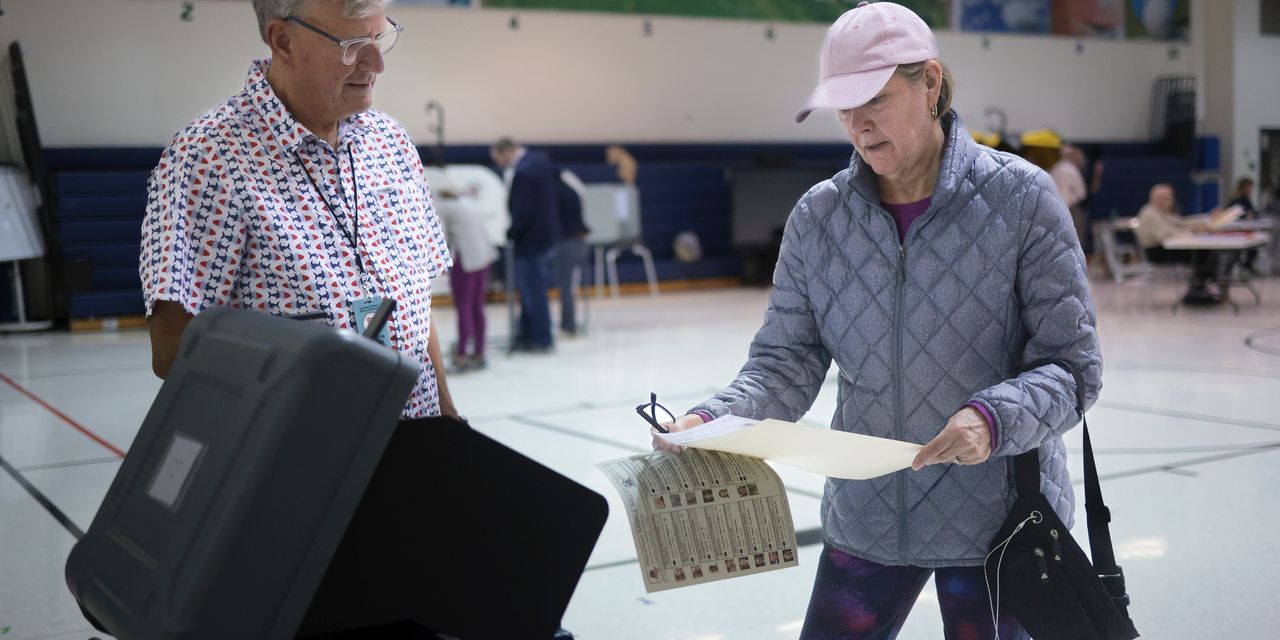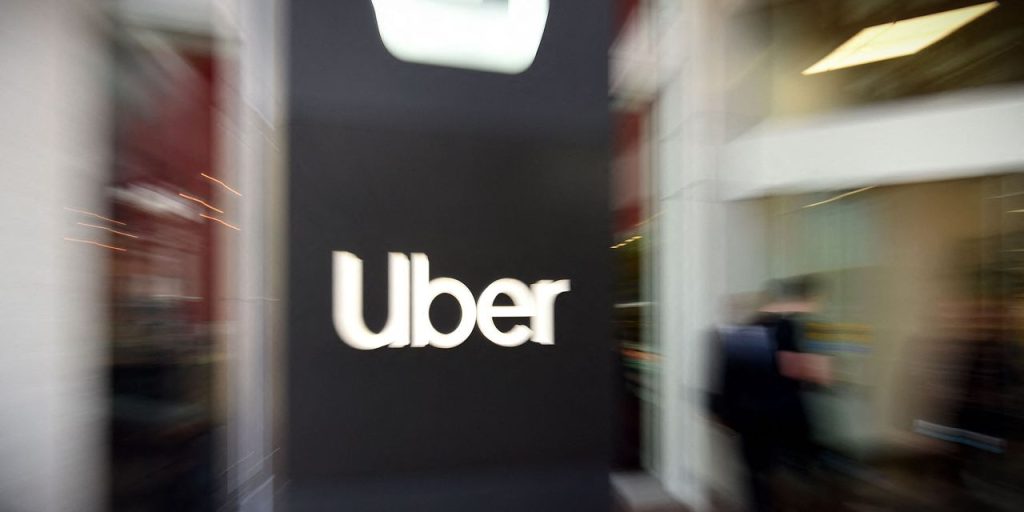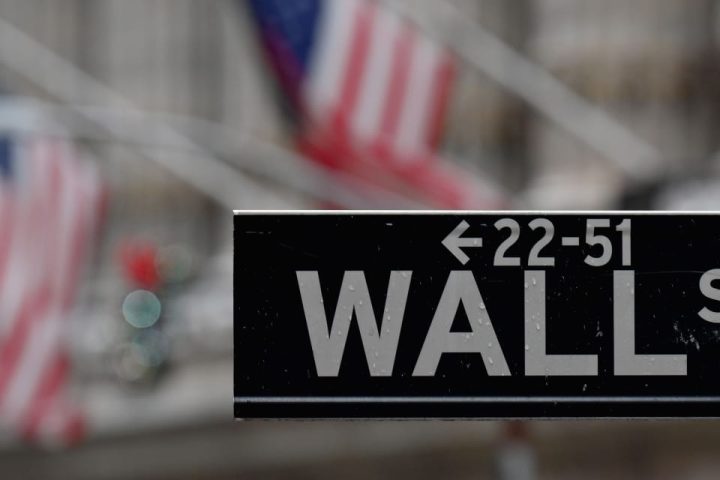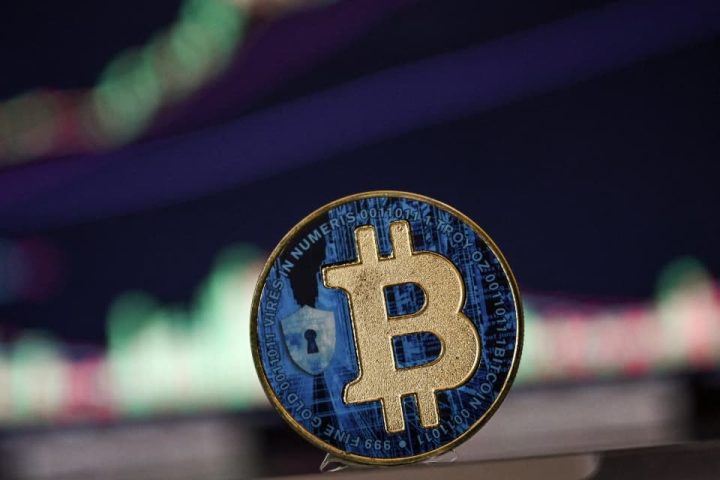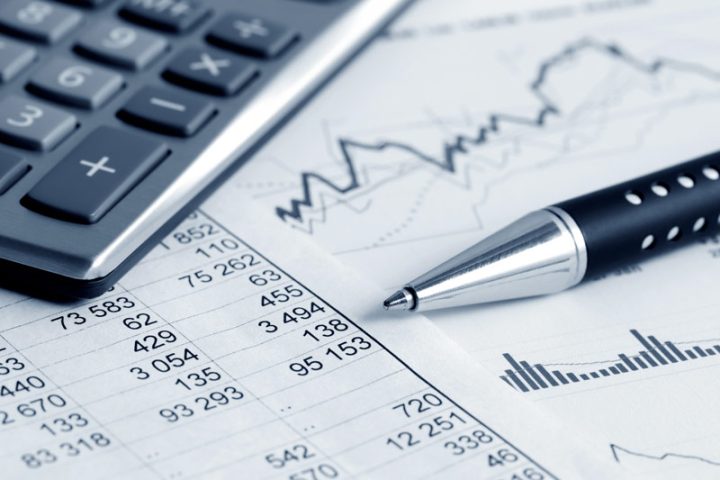It’s Election Day in the U.S. But given that it’s an off year — meaning we’re not voting for the president or for members of the U.S. House or Senate — what can we expect in terms of turnout?
A fairly weak showing, at least judging from recent history.
Off-year (or off-cycle) elections are typically for state and municipal positions — and these contests generally don’t draw a significant number of voters, according to data. FairVote, a nonpartisan organization focused on election reform, points to a 2013 study of 340 mayoral elections that showed turnout was just slightly above the 25% mark of eligible voters.
“In many cities, mayors have been elected with single-digit turnout,” FairVote noted.
By contrast, in presidential elections, turnout can be significantly greater. For the 2020 presidential contest that pitted Democratic challenger Joe Biden against Republican incumbent Donald Trump, 66% of eligible voters participated, the highest rate for any national election since 1900, according to a Pew Research Center report.
The Pew survey also noted that recent midterm elections have had solid turnouts, at least by U.S. standards. In particular, the 2018 election “had the highest rate for a midterm since 1914,” with 49% turnout.
Still, there are plenty of contests being decided on this 2023 Election Day. They range from gubernatorial races in Kentucky and Mississippi to a ballot measure in Ohio concerning abortion protections. In New York City, all the seats on the City Council are up for grabs.
So what can be done to improve turnout in these off-year elections? Some suggest the contests should be moved to on-cycle years — meaning we should decide these state and municipal contests at the same time as we’re casting ballots for the presidential and congressional races.
In 2022, a report from Citizens Union, a watchdog group focused on New York City and New York state government, called for changing the timing of New York City elections to on years. The report noted that cities that have already made such a switch, such as Phoenix, Ariz., and Baltimore, Md., saw turnout rates increase by 240%.
Read the full article here
